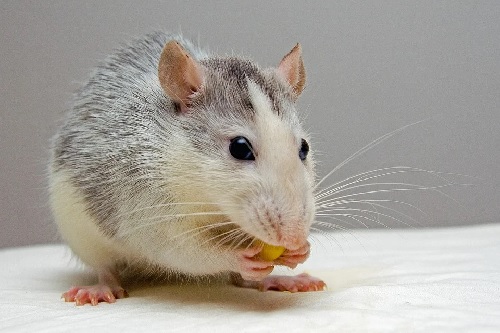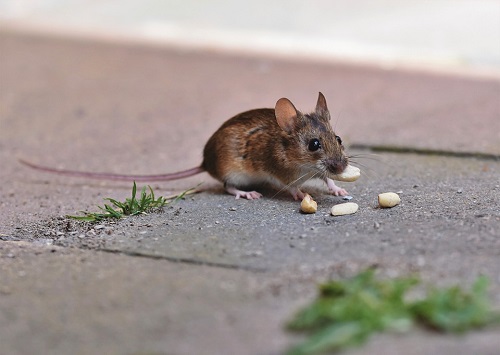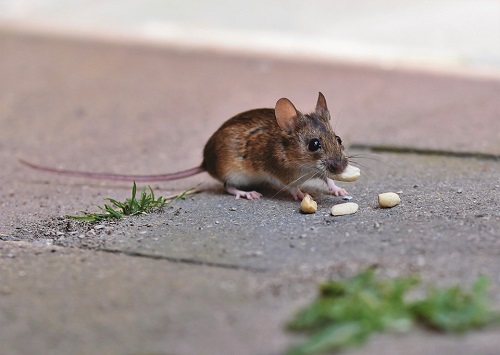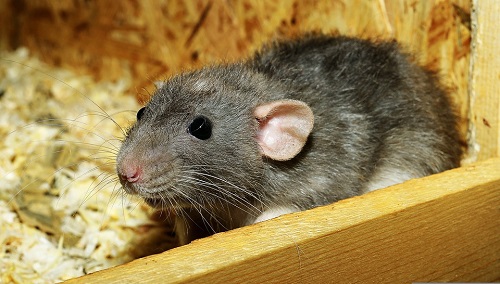What’s the Difference Between Mice and Rats?
Do you use the words rats and mice interchangeably? We all do – but there’s a difference.
Do you use the words rats and mice interchangeably? We all do – but there’s a difference.
Do you know what the baby of a mouse or rat is called? (scroll to the end to know!)
Let’s find out the difference between the two

1. The size
A mouse is smaller and a rat is bigger.
The typical house mouse, as it’s called, is anywhere from two to four inches in length, but rats can measure seven to nine inches in length. Of course, it may be easy to distinguish between the two if both are at adult size, but a baby rat (called a pup) that has not reached full size can look similar to an adult house mouse.
The appearance
The nose


A mouse has more of a triangular nose
A rat’s nose is not triangular, it’s blunter.
The tail

A mouse has a long, thin tail with hair
A rat’s tail is are usually hairless and scaly.
The ears
Rats have larger ears in size compared to mice.


Based only on body ear proportion/ratio – mice have more prominent ears.
Behaviour
Both rats and mice fall into the rodent category but there are some differences in their behaviours.
Mice tend to be a bit bolder than rats
Mice are usually more curious and will explore new things, including traps and therefore it is easier to trap a mouse than a rat.
Rats are very cautious about new things and won’t explore like mice.
Damage caused
Both rats and mice can cause major damage.
Mice have weaker teeth than rats, so food properly stored in glass or metal can prevent the mice from eating it, but that may not be the case with rats
Rats have stronger teeth and have been known to eat through materials like aluminium, wood, glass, and metal sheet.
Colour
Mice are white, brown or grey in colour
Rats are white, brown, grey or black .
Genetic differences
Mice have 20 chromosome pairs and 2.6 million base pairs
Rats have 21 chromosome pairs and 2.75 million base pairs.
Digging burrows
Mice do not dig deep; even if they do, it’s shallow
Rats dig deep and long burrows (nests).
Diet
Both rats and mice eat animals and plants, making them omnivores (food of both plant and animal origin).
But rats look for bigger meals like meat, pet food, and fish.
Mice prefer a healthier diet including fruits, vegetables, and nuts, but they’ll also eat what a rat will eat – including dead mice and rats.
Breeding
A female mouse produces between 200 to 300 babies whereas a female rat will make 2000 babies.
Hope that makes it clear 🙂
Did you know: A baby mouse or rat is called a pup
I Kid You Not now has a large readership across India and also parts of the world. If you want to write for us, you can submit your story here. You can also apply to become a news anchor. Apply here
Better Your Child’s G.K. In 3 Minutes – Get This Free Newsletter
Get fun facts, simple and easy news, quizzes, and lots of other interesting things to read in your mailbox – for free! It’s what we call GK-on-the-go!
You May Also Like
Fun Facts About Cats
Facts About Owls and Owlets
Smallest Dogs in 2022
Sign up for our free newsletter here




Comments